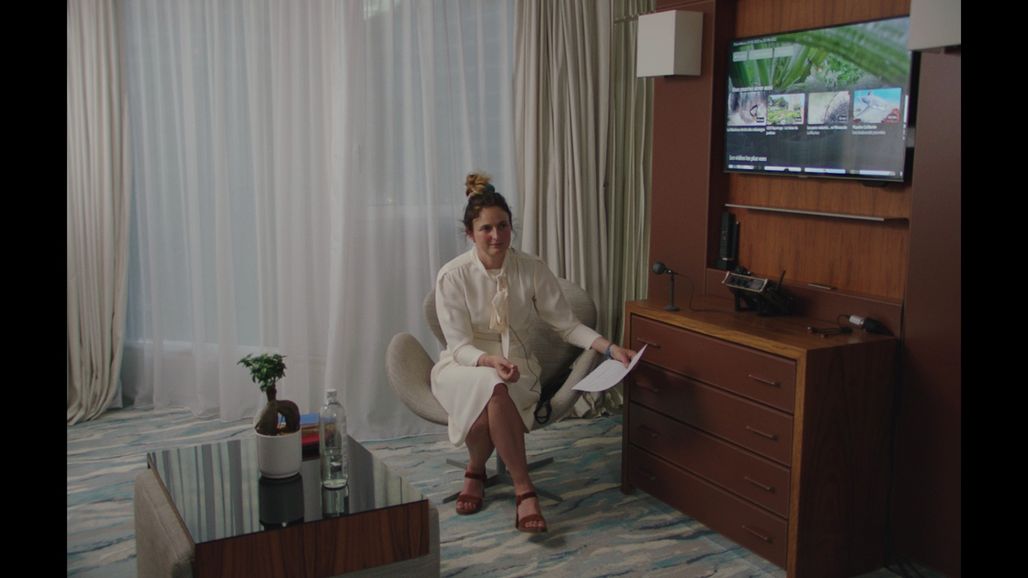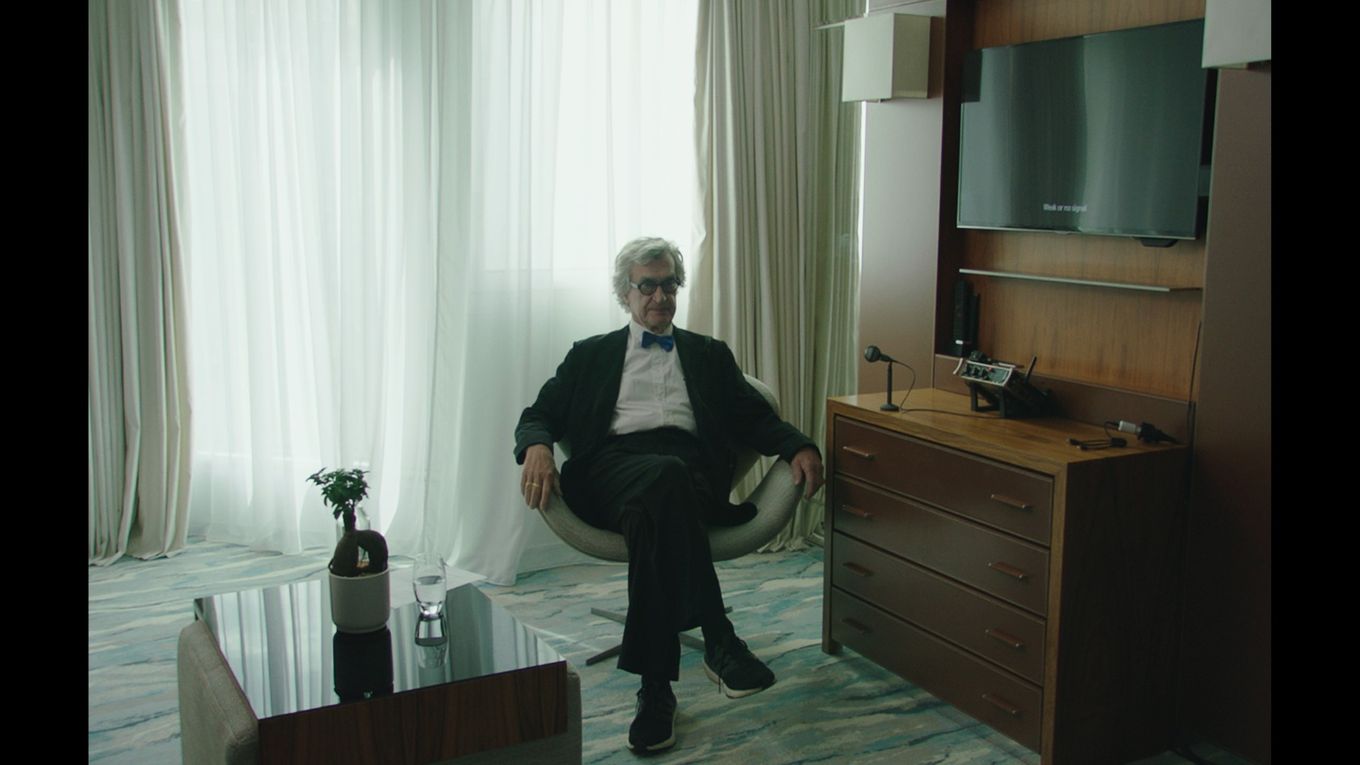
Room 999: Lubna Playoust in the footsteps of Wim Wenders

Forty years separate Room 666 and Room 999. The first by Wim Wenders inspired the second, a documentary by Lubna Playoust. The emerging director invited thirty filmmakers attending Cannes 2022 to respond to Wim Wenders’ original question: “Is cinema a language about to get lost, an art about to die?”. The answer is to be discovered in theaters from October 25.
How did the idea come about?
Other versions existed, but the format didn’t feel as intimate. I love diving back into Room 666, which I find to be prophetic, funny, touching, and always relevant. I’m an emerging filmmaker and all these questions surrounding the death of film, its funding structures and how it’s watched, are things I think about. In 1982, it was a single-issue concern pitting television against cinema. Today, it’s multi-faceted, so I thought it would be interesting to revisit this brilliant format and invite directors to have their say.
How did you manage to connect with them?
We invited them to come along ahead of time, or when we met them at Cannes. I’m not Wim Wenders, so obviously I wasn’t sure whether they’d want to get involved, but I was astonished and almost a little embarrassed in a sense, because a lot of big names said yes. Wim Wenders had sixteen directors, we have thirty, including Wim Wenders himself, James Gray, Rebecca Zlotowski, Claire Denis, Olivier Assayas, Nadav Lapid, Asghar Farhadi, Alice Rohrwacher…I felt a bit like a kid in a sweet shop, despite being shy.
Was it a no-brainer to use the same structure as Wim Wenders?
I wanted Room 666 and Room 999 to be viewed side by side, for them to be compared to see what’s changed over the past forty years. It’s almost artistic in its format. There’s this shared platform where everybody is on the same level, a structure that fosters the sense that everybody is given a hearing, irrespective of their experience or acclaim.
How do you think film is set to change?
I think that in 1982, there was a blatant, full-frontal brand of pessimism. It was a way of jolting people into action. Today, each individual can define themselves as being either optimistic or pessimistic, everyone can feel involved in the issue. What strikes me as different compared to 1982 is this idea of accepting that yes, something is changing. We shouldn’t fear change: it isn’t necessarily a bad thing. What’s for sure is that we need to continue being able to look at what’s already been done, stand up for all types of film, and teach the new generation about film history.



